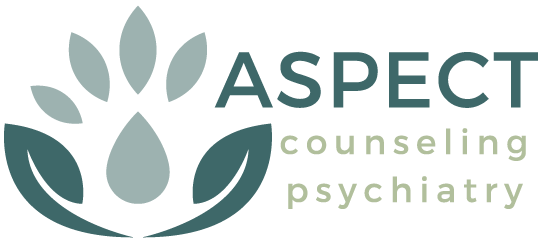Post-Traumatic Stress Disorder (PTSD) is a mental health condition that can develop after an individual experiences or witnesses a traumatic event. PTSD is characterized by intense and persistent reactions to the trauma, which can interfere with daily life and well-being. While it is normal to feel distressed after a traumatic experience, PTSD occurs when these feelings persist for weeks, months, or even years and significantly impact one’s ability to function.
Common Causes of PTSD
PTSD can result from various types of traumatic events, such as:
- Combat or military exposure: Soldiers or veterans who experience warfare or violence.
- Sexual assault or abuse: Survivors of sexual violence, harassment, or abuse.
- Physical assault or violent crime: Individuals who have been attacked or threatened.
- Natural disasters: Survivors of earthquakes, floods, hurricanes, or other catastrophic events.
- Accidents or car crashes: Individuals involved in serious accidents or near-death experiences.
- Death or injury of a loved one: Witnessing or experiencing the sudden loss or injury of someone close.
- Childhood neglect or abuse: Experiences of prolonged trauma during childhood.
Symptoms of PTSD
The symptoms of PTSD can vary but generally fall into four categories:
Intrusive Memories
- Flashbacks: Reliving the traumatic event as if it’s happening again in the present moment.
- Nightmares: Disturbing dreams related to the trauma.
- Intrusive thoughts: Unwanted, distressing thoughts or memories about the traumatic event.
Avoidance
- Avoiding reminders: Steering clear of places, people, activities, or conversations that remind the individual of the trauma.
- Emotional numbness: Feeling disconnected from others, or experiencing difficulty feeling positive emotions like joy, love, or excitement.
Negative Changes in Thinking & Mood
- Distorted feelings of guilt or shame: Blaming oneself for the trauma or feeling as if they should have done something to prevent it.
- Negative beliefs about oneself or the world: Feelings of hopelessness or mistrust.
- Difficulty experiencing positive emotions: Inability to feel happiness, love, or satisfaction.
- Memory problems: Difficulty remembering parts of the traumatic event or feeling disconnected from one’s life.
Increased Arousal & Reactivity
- Hypervigilance: Being constantly “on edge,” feeling irritable, or easily startled.
- Difficulty sleeping: Trouble falling or staying asleep, often due to nightmares or anxiety.
- Anger or irritability: Feeling easily frustrated or angry, sometimes over small things.
- Difficulty concentrating: Trouble focusing on tasks or thoughts due to anxiety or distress.
Diagnosis of PTSD
A mental health professional can diagnose PTSD through a detailed evaluation that includes discussing the individual’s trauma history and symptoms. The diagnostic criteria for PTSD, outlined in the Diagnostic and Statistical Manual of Mental Disorders (DSM-5), include:
- Exposure to a traumatic event
- Persistent symptoms (such as flashbacks, nightmares, or avoidance) for more than a month
- Significant impairment in social, occupational, or other important areas of functioning
Treatment for PTSD
PTSD is a treatable condition, and several therapies can help individuals manage and reduce symptoms. Common treatments include:
Cognitive Behavioral Therapy (CBT)
Prolonged Exposure Therapy (PE) and Cognitive Processing Therapy (CPT) are two specific types of CBT that are highly effective in treating PTSD. These therapies help individuals confront and process trauma memories and teach coping strategies for managing anxiety and distress.
Eye Movement Desensitization & Reprocessing (EMDR)
EMDR is a form of therapy that involves recalling traumatic memories while simultaneously engaging in specific eye movements or other forms of bilateral stimulation. This approach helps process the trauma in a way that reduces its emotional charge.
Medication
Medications, particularly selective serotonin reuptake inhibitors (SSRIs) like sertraline and paroxetine or serotonin and norepinephrine reuptake inhibitors (SNRI’s) like venlafaxine or duloxetine, are commonly prescribed to help manage PTSD symptoms, especially for anxiety and depression that can accompany the disorder. Other medications may be used to address symptoms like insomnia or hyperarousal.
Mindfulness & Relaxation Techniques
Practices like mindfulness meditation, yoga, and deep breathing exercises can help reduce anxiety, improve emotional regulation, and increase awareness of the present moment, all of which can help alleviate PTSD symptoms.
Post-Traumatic Stress Disorder (PTSD) is a serious mental health condition that arises after exposure to traumatic events, affecting how individuals think, feel, and behave. Symptoms can be debilitating, but with the right treatment—such as therapy, medication, and support—individuals can recover and regain control of their lives. If you are struggling with PTSD, please contact our office to schedule an appointment with one of our trauma-focused therapists.
